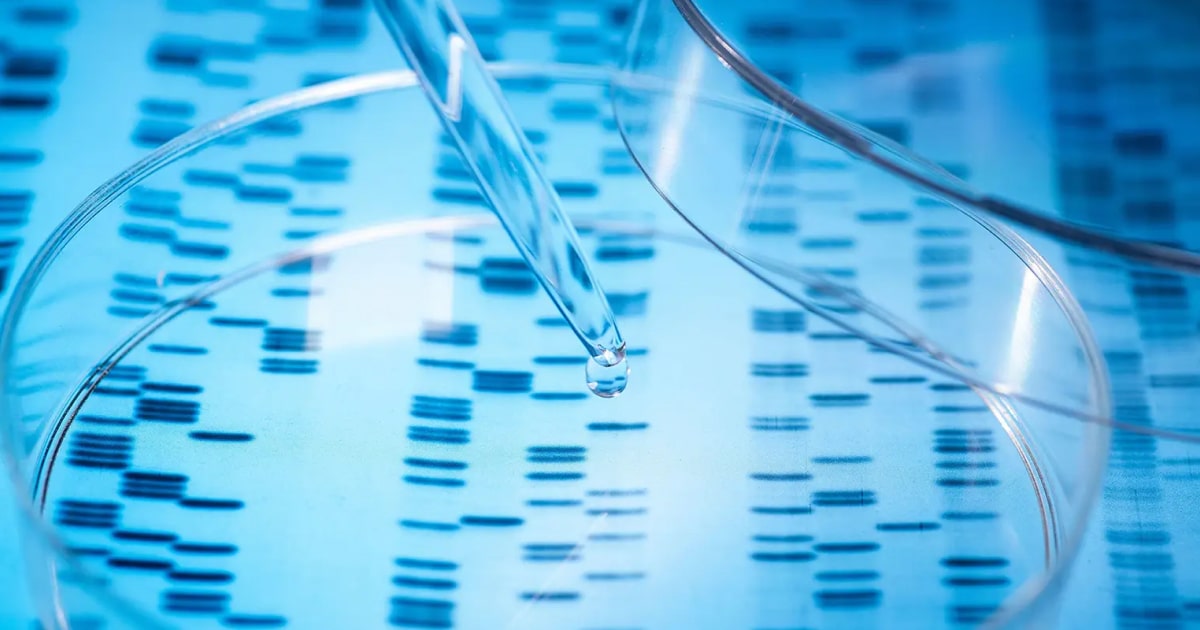
Expert Reviewed By: Dr. Brandon Colby MD
What is Autosomal Recessive Pretibial Epidermolysis Bullosa?
Autosomal Recessive Pretibial Epidermolysis Bullosa (AR-PEB) is a rare genetic disorder characterized by fragile skin that blisters and tears easily in response to minor friction or trauma. This condition primarily affects the pretibial area, which is the front of the lower leg, but it can also involve other parts of the body. AR-PEB is caused by mutations in specific genes that affect the structure and function of the skin, leading to its fragility.
Understanding the Genetic Basis of AR-PEB
AR-PEB is inherited in an autosomal recessive manner, which means that both parents must carry a copy of the mutated gene for a child to be affected by the disease. Recent studies have identified novel mutations and genetic variants associated with different forms of Epidermolysis Bullosa, including AR-PEB:
ITGB4 Mutation in Epidermolysis-Bullosa Pyloric-Atresia
A case report describes a novel missense mutation in the ITGB4 gene causing Epidermolysis-Bullosa pyloric-atresia, a severe subtype of Epidermolysis Bullosa. This finding expands the spectrum of genetic mutations associated with the disease and contributes to a better understanding of its molecular basis.
Whole Exome Sequencing in Pakhtun Families
In a study involving three Pakhtun families with Epidermolysis Bullosa, whole-exome sequencing identified novel variants in the COL17A1 and PLEC genes. These findings highlight the genetic diversity of the disease and the importance of comprehensive genetic testing for accurate diagnosis.
Compound Heterozygous Variants in COL7A1 Gene
A study of a Chinese family with recessive dystrophic epidermolysis bullosa identified novel pathogenic and likely pathogenic variants in the COL7A1 gene. These findings provide further insight into the genetic basis of this severe form of the disease.
Diagnosing AR-PEB
Diagnosis of AR-PEB typically involves a thorough clinical examination, including assessment of the affected skin and a detailed family history. Genetic testing can confirm the diagnosis and provide essential information for disease management and family planning.
Uses of Genetic Testing for AR-PEB
Genetic testing plays a crucial role in the diagnosis and management of AR-PEB. Some of the key benefits of genetic testing for this disorder include:
- Confirmation of diagnosis: Genetic testing can identify the specific mutations responsible for AR-PEB, providing a definitive diagnosis and allowing for appropriate management and treatment strategies.
- Carrier testing: Identifying carriers of AR-PEB mutations can help couples make informed decisions about family planning and the potential risks to their future children.
- Prenatal diagnosis: Genetic testing can be performed during pregnancy to determine if a fetus is affected by AR-PEB. This information can help families and healthcare providers prepare for the potential challenges and medical needs of the affected child.
- Improved understanding of disease mechanisms: Identifying novel genetic mutations and variants associated with AR-PEB can contribute to a better understanding of the underlying disease mechanisms, potentially leading to the development of new treatments and therapies.
In conclusion, autosomal recessive pretibial epidermolysis bullosa is a rare genetic disorder with a complex genetic basis. Advances in genetic testing and the identification of novel mutations and variants are improving our understanding of the disease and enabling more accurate diagnosis and management. Genetic testing is a valuable tool for confirming diagnosis, carrier testing, prenatal diagnosis, and providing insights into disease mechanisms that may inform future treatment options.
About The Expert Reviewer
Dr. Brandon Colby MD is a US physician specializing in the personalized prevention of disease through the use of genomic technologies. He’s an expert in genetic testing, genetic analysis, and precision medicine. Dr. Colby is also the Founder of and the author of Outsmart Your Genes.
Dr. Colby holds an MD from the Mount Sinai School of Medicine, an MBA from Stanford University’s Graduate School of Business, and a degree in Genetics with Honors from the University of Michigan. He is an Affiliate Specialist of the American College of Medical Genetics and Genomics (ACMG), an Associate of the American College of Preventive Medicine (ACPM), and a member of the National Society of Genetic Counselors (NSGC)